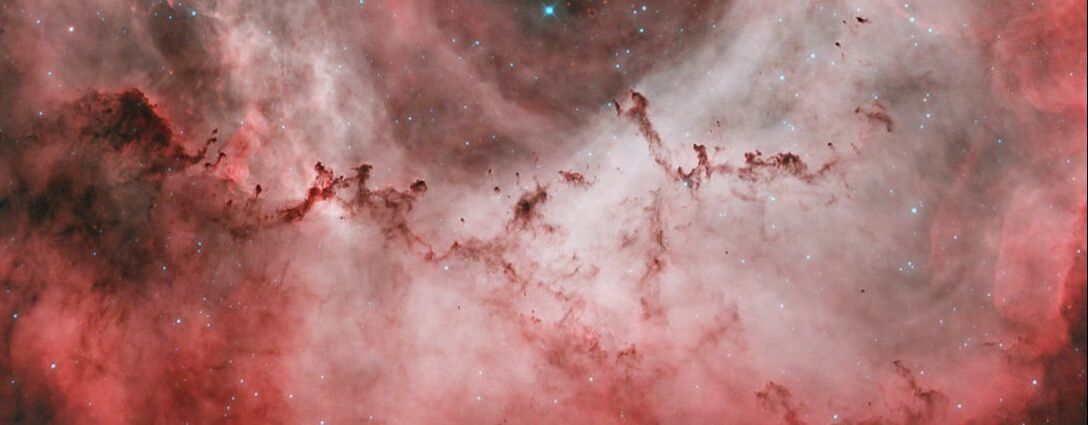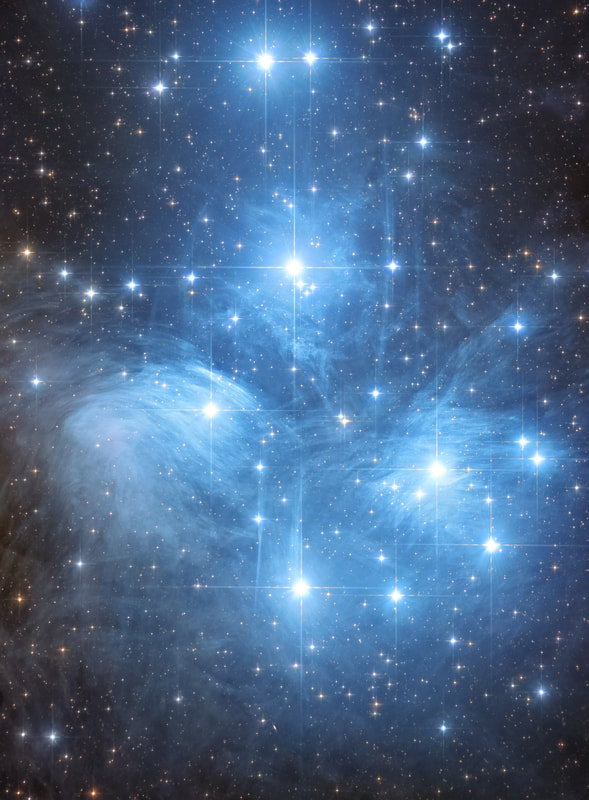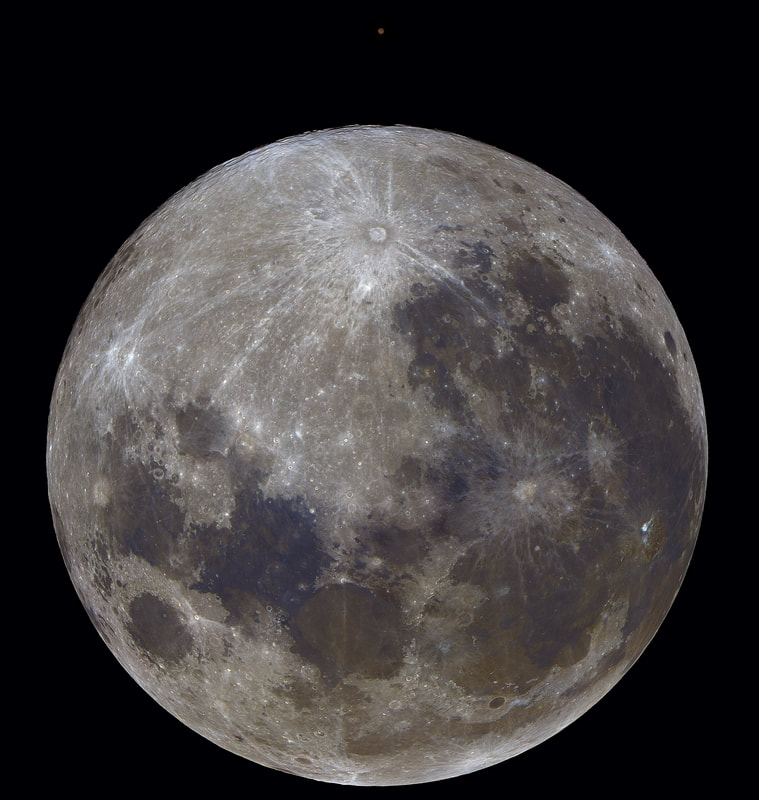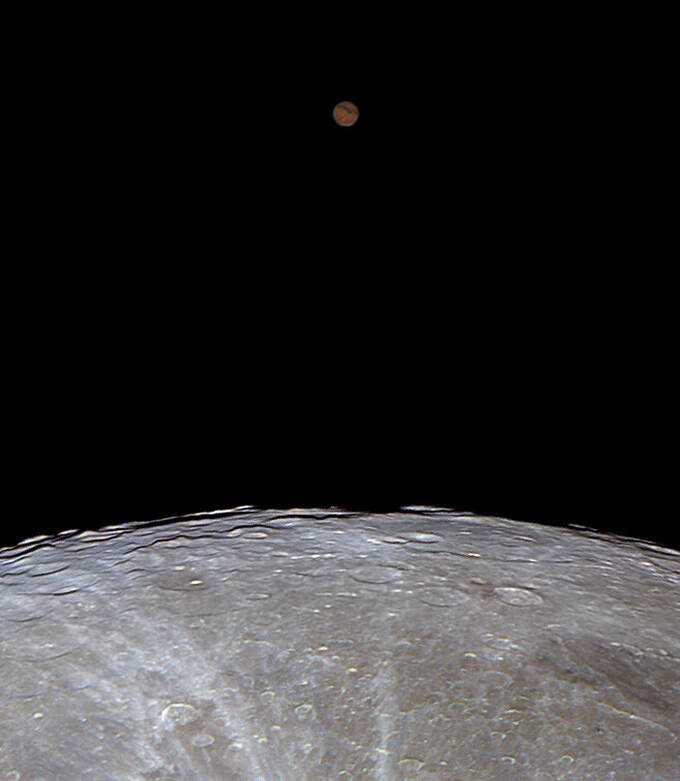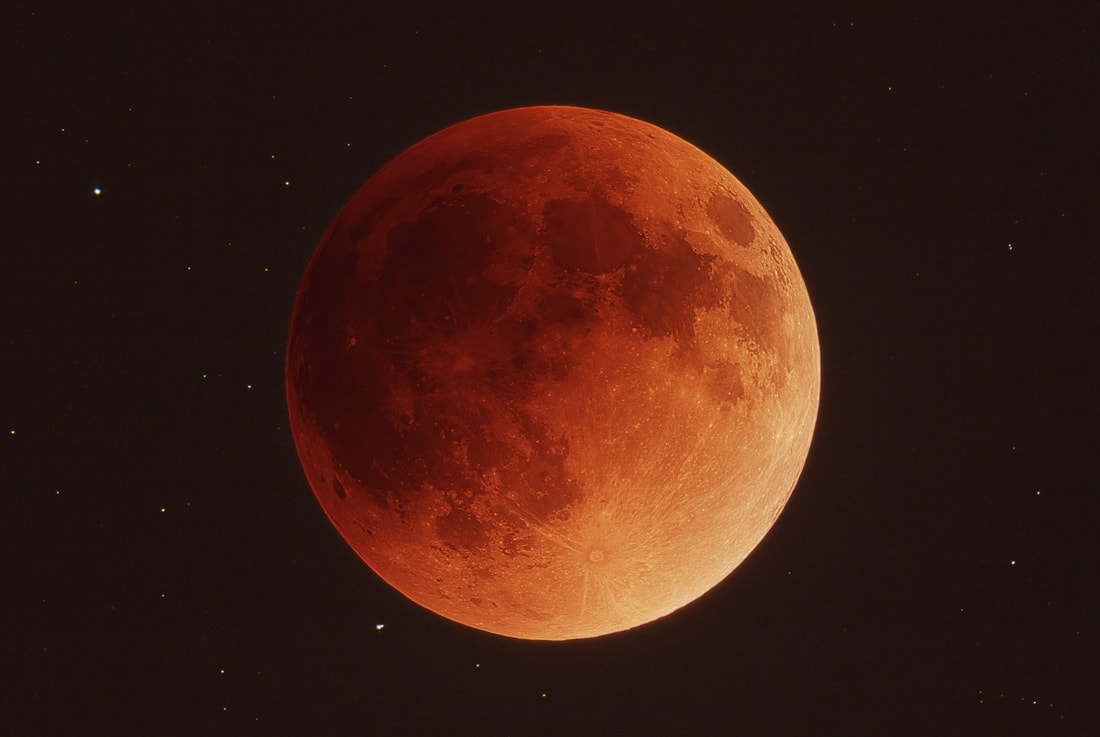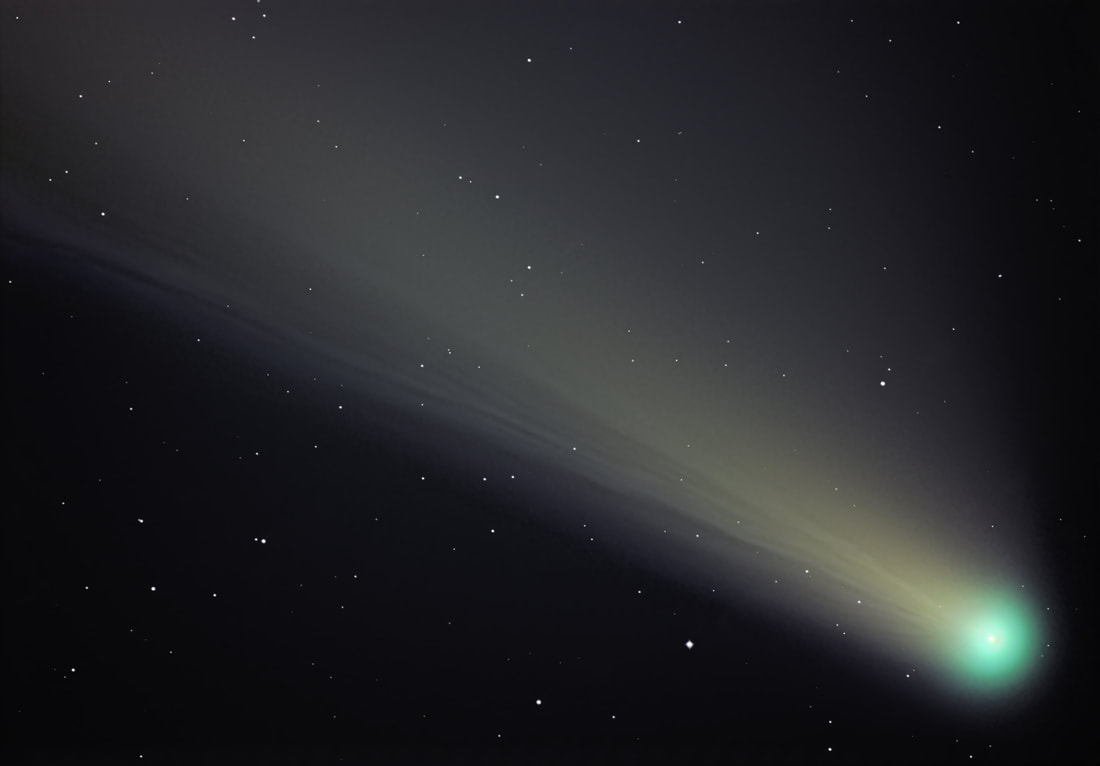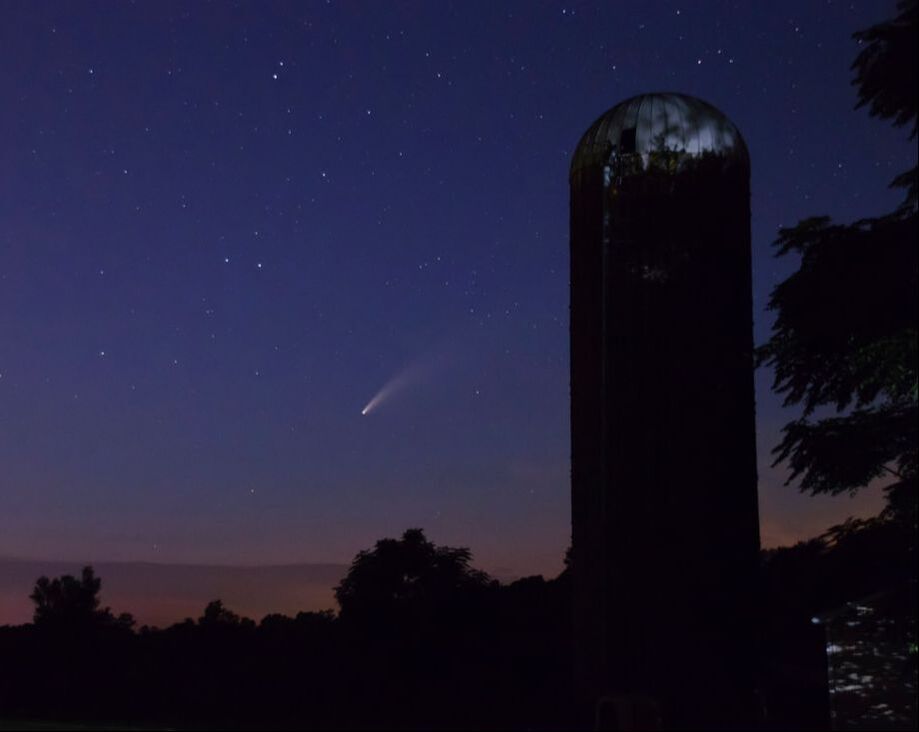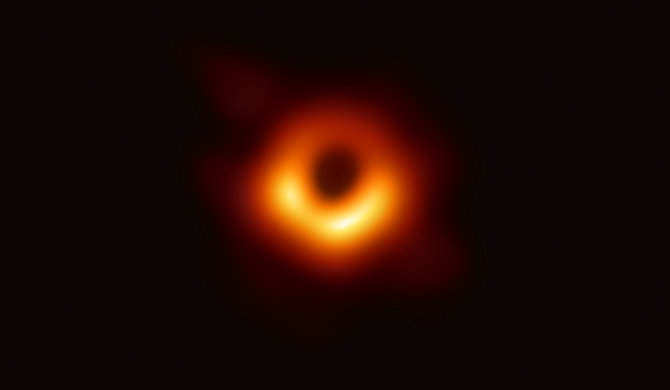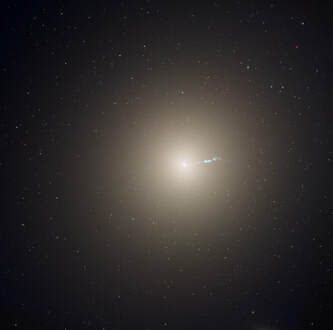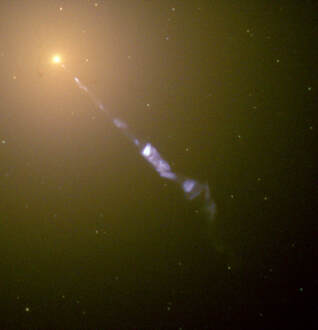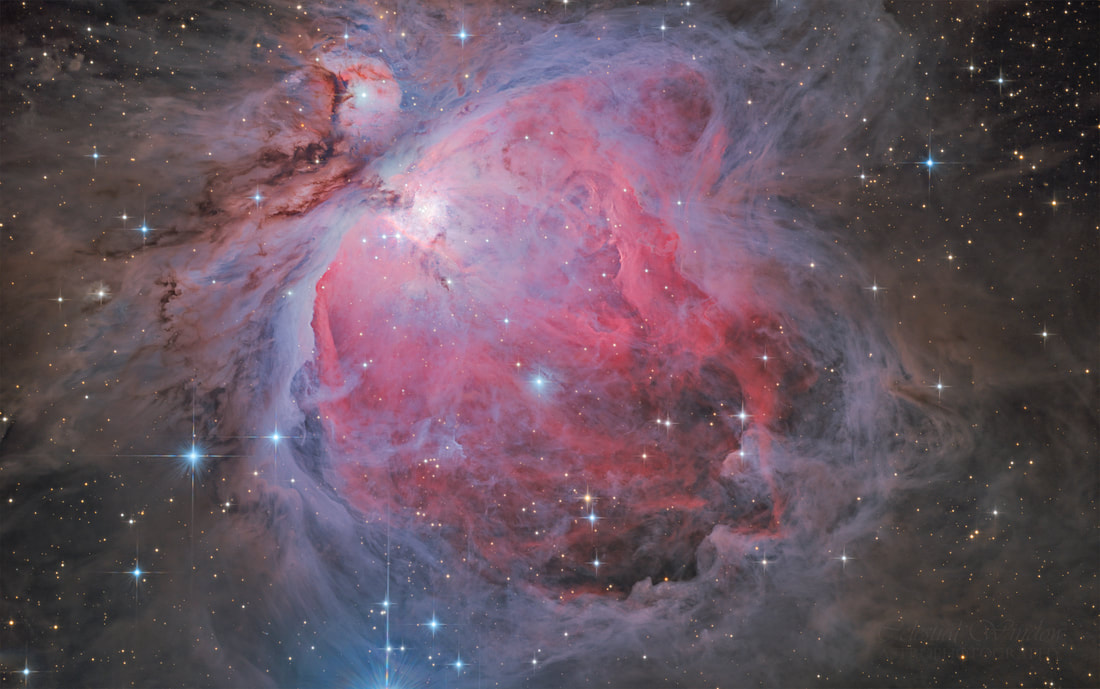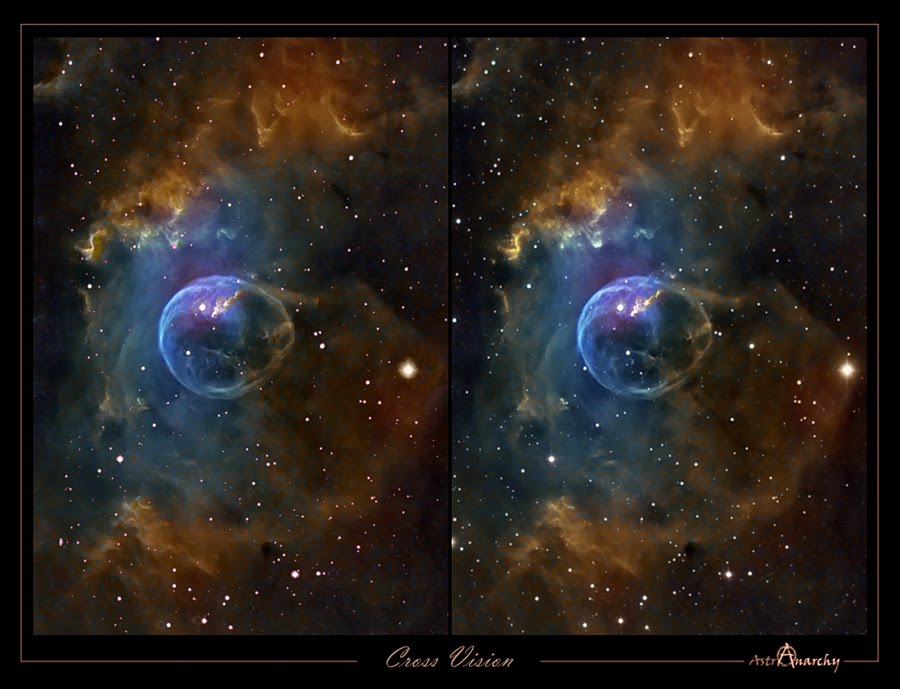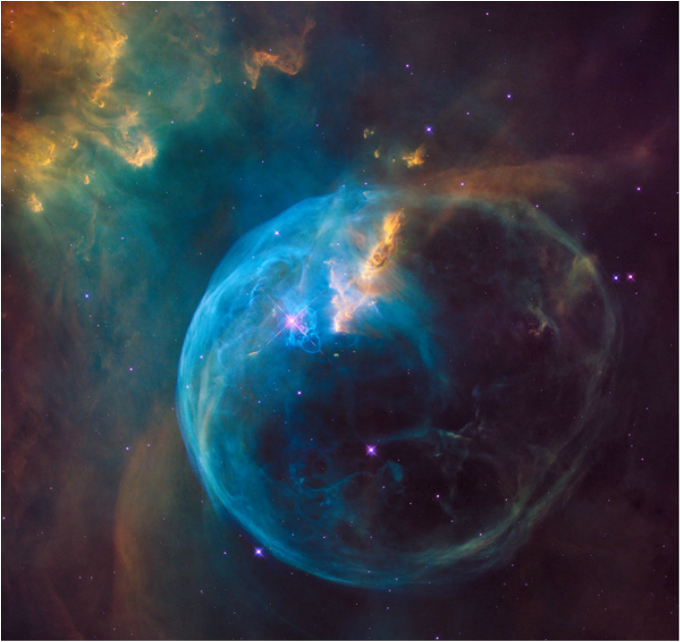The Heavens Declare the Glory of God
|
QUICK LINKS
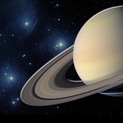
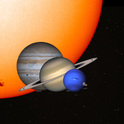
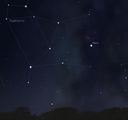
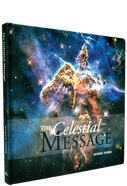
Psalm 19:1-4: The heavens declare the glory of God; and the firmament sheweth his handiwork. Day unto day uttereth speech, and night unto night sheweth knowledge. There is no speech nor language, where their voice is not heard. Their line is gone out through all the earth, and their words to the end of the world.
|
Recent news feedMoon and Mars ConjunctionThe Moon and Mars had a close conjunction on Dec 7, 2022. In most parts of the United States, Mars was occulted (covered) by the Moon. However, parts of the SE United States only saw a close conjunction. The closest approach visible from Montezuma, GA is shown on this image. The minimum separation was about 4 arc minutes or 1/15th of a degree.
Tau Herculid Meteor ShowerIn 1995, Comet 73P/Schwassmann-Wachmann 3 broke up and left a cloud of debris in its orbit. on May 30/31, The Earth passed through the comet's orbit and and encountered some of its debris. Kevin Shank (editor of Nature Friend Magazine) of Dayton, VA shares this GIF of an exploding meteor that left a smoke train lasting for 12 minutes. He says the flash of the explosion was bright enough to cast shadows, and some of his family that were facing away from the meteor missed the sight, but saw the surrounding trees light up from the flash.
Total Lunar Eclipse May 15, 2022The Lunar Eclipse on May 15, 16, 2022 moved deeply into the Earth's shadow and even seemed difficult tto find under less than perfect skies. This photo was taken at 11:47 p.m. EDT.
Partial Lunar Eclipse Nov 19, 2021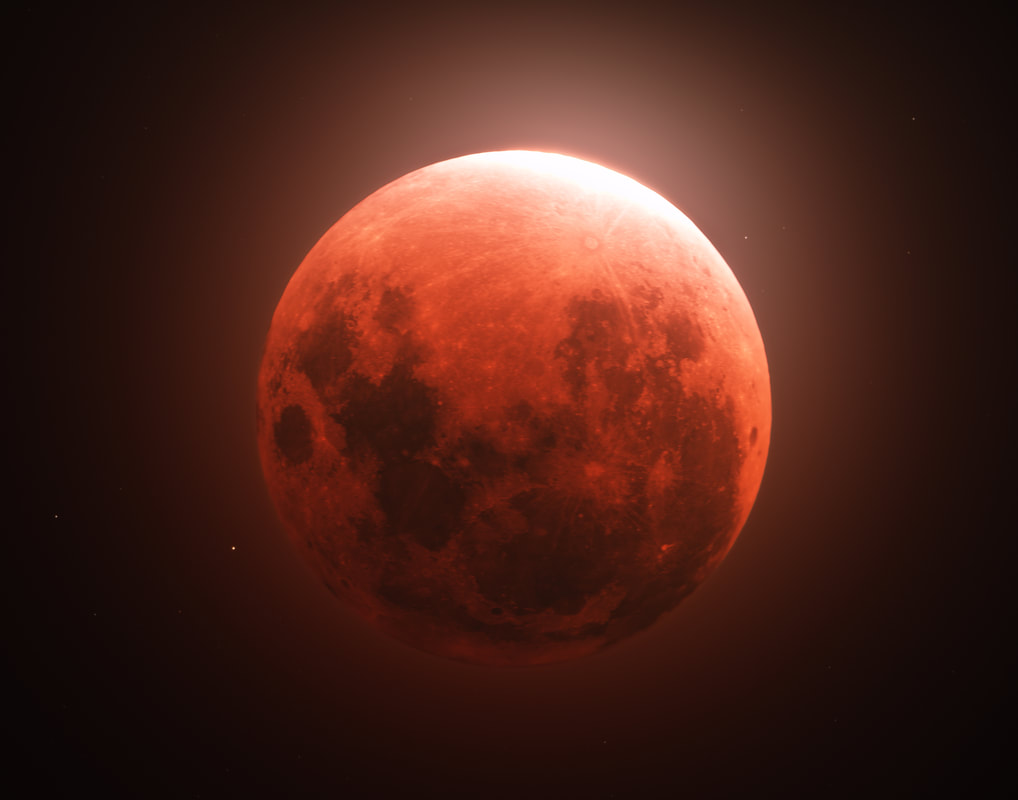
On November 19, 2021, the Moon slipped into the Earth's shadow, It was almost a total eclipse. However, there was still a sliver of Sunlight glinting off the Moon at Maximum eclipse. This photo was taken near 4 a.m. EST. A misty fog added an ethereal glow to the background sky.
Comet Neowise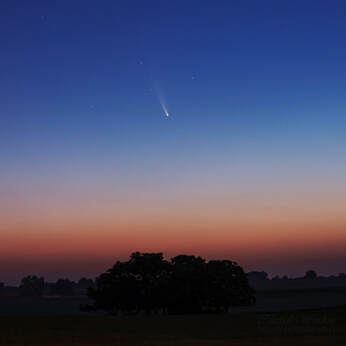 Comet C/2020 F3 (Neowise) on Jul 11, 2020 Comet C/2020 F3 (Neowise) on Jul 11, 2020
Comet C/2020 F3 (Neowise) was the brightest comet since Hale -Bopp in 1997. It gave us the long overdue privilege of seeing a naked eye view of a comet in the night sky. The image above was taken in the morning of Jul 11, 2020 looking northeast.
First ever direct image of a black hole
|

